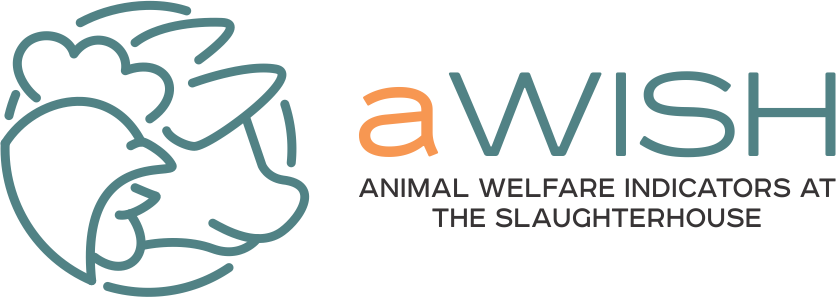Context of the Problem
Catching and loading broilers for transport is one of the most welfare-sensitive stages of production. Rough handling, such as carrying birds by one leg, tossing them or overloading containers, often leads to bruising, broken wings and dislocations. Mechanical catching systems can reduce labour demands, but if poorly maintained or operated at excessive speed, they can also cause significant injuries. Birds that are injured during catching experience pain and are more vulnerable to further stress and mortality during transport and lairage. The welfare of these broilers is severely compromised. Catching lesions are visible on the carcasses as bruises, fractures, and wing or breast lesions. Economically, this results in a reduced meat quality, downgrades, trimming losses, and higher rejection rates.
Monitoring and aWISH Project
Catching quality is directly reflected at the slaughterhouse, where carcasses can be assessed for bruising, fractures and dislocations. Because these injuries remain visible until processing, slaughterhouses provide an objective point for measurements. Recording the prevalence of catching-related lesions allows trends to be identified and linked to specific farms or catching teams. Within the aWISH project, digital imaging and automated scoring systems are being developed to standardize injury detection and provide immediate feedback. This enables a reliable, continuous evaluation of catching practices and their impact on bird welfare.
Best Practices
Reducing catching lesions requires a systematic approach. Staff training in gentle, consistent handling protocols is critical to minimize injuries. From an animal welfare perspective, upright catching should be encouraged. Mechanical systems need to be maintained regularly, operated at controlled speeds and audited to ensure they are functioning properly. When slaughterhouse monitoring reveals high rates of wing or breast damage, corrective measures such as retraining, adjustments to catching procedures or equipment servicing should be implemented immediately. Integrating catching audits with slaughterhouse data creates a feedback loop that helps farms and catching crews continuously improve welfare outcomes while reducing economic losses.


